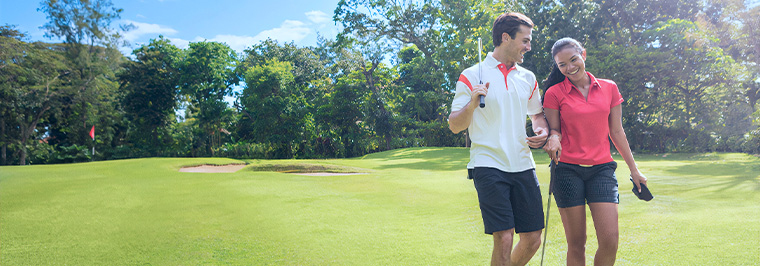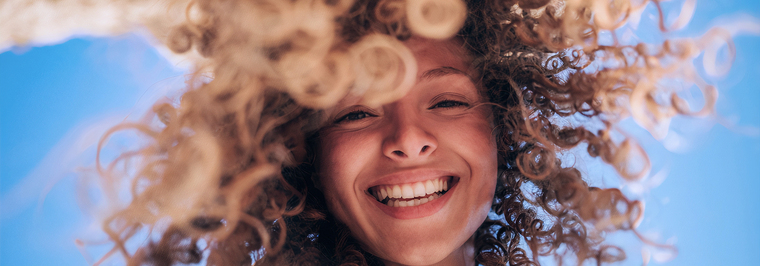At AESTHETE, we know that every child deserves a confident, healthy smile. Misaligned teeth and bite issues are more than just cosmetic concerns—they can affect your child’s overall health. That's why starting orthodontic treatment early with braces for kids is crucial for long-term dental well-being.
How we can be
useful to you:
Veneers Without Grinding
Pediatric dentistry
Correction of bite
Implantation and crowns
Why Kids Need Braces
Many parents ask, "Why does my child need braces at such a young age?" The answer is simple: catching and correcting dental problems early can make a huge difference. Early intervention with braces can help resolve issues like crowded teeth, overbites, underbites, and other alignment problems. Treating these issues during childhood ensures the proper growth of the jaw and teeth, potentially preventing more severe complications later in life.
But it's not just about health. A straight smile can give your child more confidence, making them feel great about their appearance. Plus, early treatment means fewer invasive procedures later on, saving time, stress, and discomfort.
Types of Braces for Kids
When it comes to choosing the right braces for your child, we offer a variety of options to fit their needs and lifestyle. Here are the most common types we provide at Aesthet:
- Metal Braces: These are the most common type and are known for their durability. Metal braces are a great option for kids because they are strong and effective in fixing even the most complex dental issues.
- Ceramic Braces: For those who want a less noticeable look, ceramic braces are a popular choice. They blend in with the natural color of teeth, making them a more discreet option without compromising the effectiveness of the treatment.
- Lingual Braces: These braces are placed behind the teeth, so they are completely hidden from view. While they may take some getting used to, they are perfect for children who are conscious about the appearance of their braces.
- Clear Aligners: Almost invisible and removable, clear aligners offer flexibility for kids who prefer a more modern and subtle approach to orthodontic treatment. These are especially useful for children who want the freedom to eat whatever they like without worrying about damaging their braces.
What to Expect During the Treatment Process
The process of getting braces for kids is straightforward and carefully managed to ensure the best results:
- Initial Consultation: During the first visit, a thorough examination, including X-rays and impressions, is conducted to evaluate your child’s dental condition. This step helps to create a personalized treatment plan that addresses their specific needs.
- Fitting the Braces: Once the treatment plan is set, the next step is fitting the braces. This procedure is quick and painless, with a focus on making sure your child feels comfortable throughout.
- Regular Adjustments: After the braces are in place, regular appointments will be scheduled to make adjustments and track progress. These check-ups ensure the braces are doing their job and that everything is progressing as it should.
- Removal and Retainer: Once the desired results are achieved, the braces are removed, and your child will receive a retainer to maintain the new alignment of their teeth.
Every stage is designed to keep your child comfortable and supported throughout their orthodontic journey.
Braces for children
-
Title
Price
-
Braces for children
from 18 630 AED
More Dental Services
Caring for Braces
Proper care is essential to ensure that braces work effectively and that your child's teeth stay healthy throughout the treatment. Here are some tips to follow:
- Daily Brushing and Flossing: Brushing after every meal and using floss specifically designed for braces is crucial to prevent plaque buildup and cavities.
- Avoid Certain Foods: Hard and sticky foods, such as nuts, popcorn, and chewing gum, can damage the braces. Soft foods like yogurt, mashed potatoes, and smoothies are safer options during the treatment.
- Use Special Tools: Orthodontic toothbrushes, floss threaders, and mouth rinses can help reach tricky spots around the braces to keep your child’s mouth clean and fresh.
Following these steps will help maintain both the braces and your child’s oral health, ensuring a smooth treatment process.
Common Issues and How to Handle Them
During treatment, some common issues may arise, but they are easily manageable:
- Discomfort: It's normal for children to feel some discomfort or soreness after the initial fitting or adjustments. Over-the-counter pain relief and orthodontic wax can help ease irritation caused by braces.
- Loose Brackets or Wires: If a bracket or wire becomes loose, it’s important to schedule an appointment as soon as possible to fix it. In the meantime, orthodontic wax can help to cover any sharp edges and prevent discomfort.
- Food Stuck in Braces: This is a frequent issue that can be easily resolved with the use of an interdental brush or floss threader to remove food particles lodged between the braces.
By addressing these minor issues promptly, your child’s treatment will stay on track and avoid unnecessary delays.
To make you healthy,
happy and successful!
will help you with this
Treatment Costs and Payment Options
The cost of braces for kids can vary depending on the type of braces chosen and the length of the treatment. Factors such as the complexity of the dental issue, the type of braces (metal, ceramic, lingual, or clear aligners), and the duration of the treatment all play a role in determining the final cost.
Conclusion
Starting orthodontic treatment early can make a significant difference in your child’s dental health and confidence. Braces for kids help correct misalignments, improve dental hygiene, and boost self-esteem by giving them a smile they can be proud of. With the right type of braces and proper care, the journey to a healthy smile can be smooth and successful.
Don’t wait—schedule a consultation to explore the best orthodontic options for your child and take the first step towards their perfect smile.
FAQ
When is the best time for kids to get braces?
The optimal age for getting braces is between 7 and 10 years old, when permanent teeth are starting to come in.
How long does a child need to wear braces?
Treatment typically lasts between 18 to 24 months, but the exact duration depends on the complexity of the case.
Is wearing braces painful?
There may be some discomfort during the fitting and in the first few days, but most children adapt quickly.
Can kids play sports with braces?
Yes, but it’s recommended to wear a mouthguard during contact sports to protect the braces.
Do braces require special dental care?
Yes, regular cleaning with special brushes and flossing is essential to prevent cavities.
Literature sources
- Popovitch, F.. Evaluation of preventive and interceptive orthodontic treatment between three and eighteen years of age. Transactions of Third International Orthodontic Congress , 1975, 260–281.
- American Association of Orthodontists. Guidelines for quality assessment of orthodontic care. American Association of Orthodontists , 1988. St. Louis.
- American Association of Orthodontists (AAO). The Right Time for an Orthopedic Check-Up: No Later Than Age 7. 2003.
Our clinics:
Clinic in Dubai
Resident part, Building 10
Clinic in Moscow
metro Chistye prudy
Clinic in Moscow (Barvikha)
Shopping center "Dream House" 3rd floor












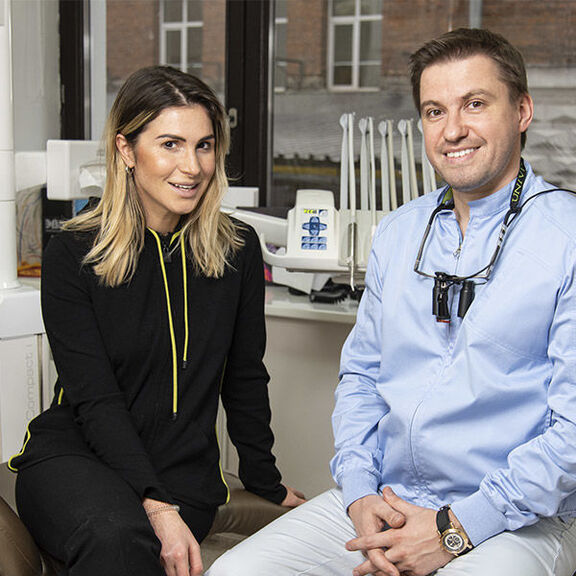







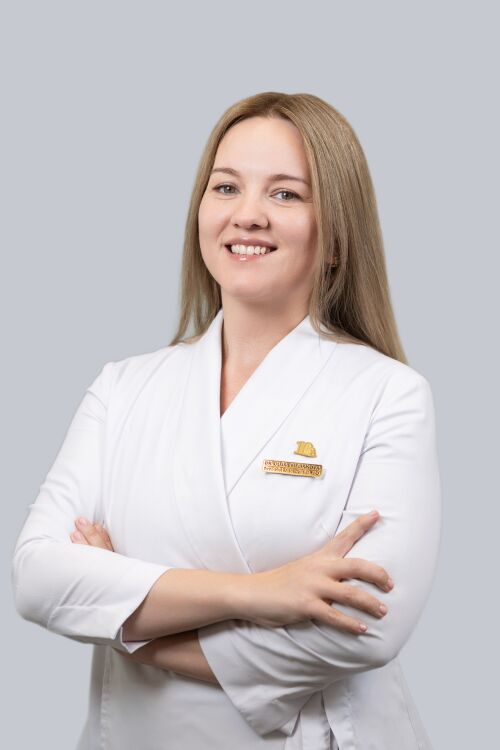

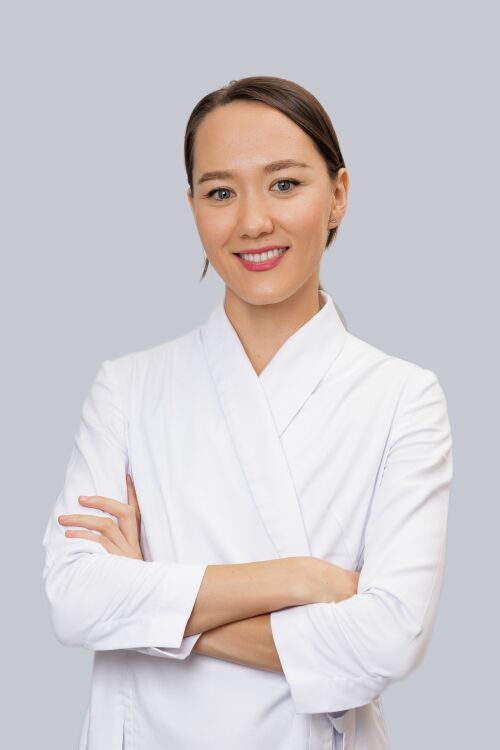


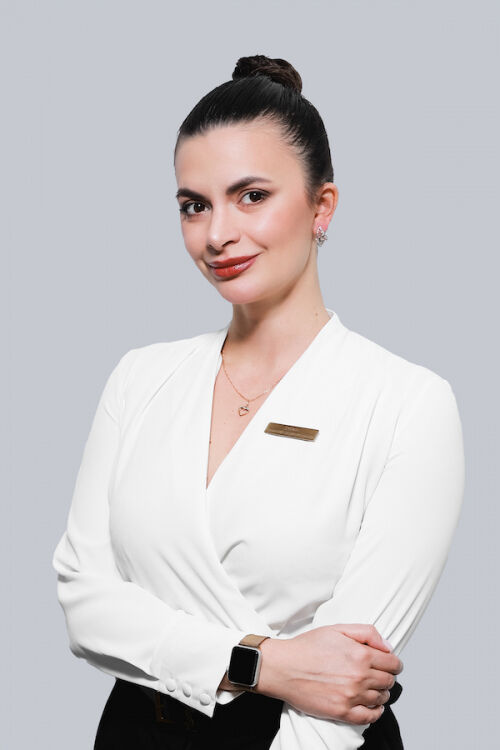
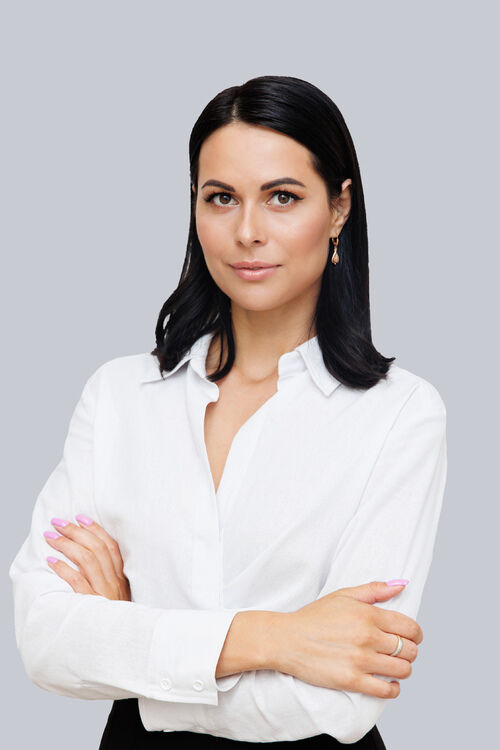




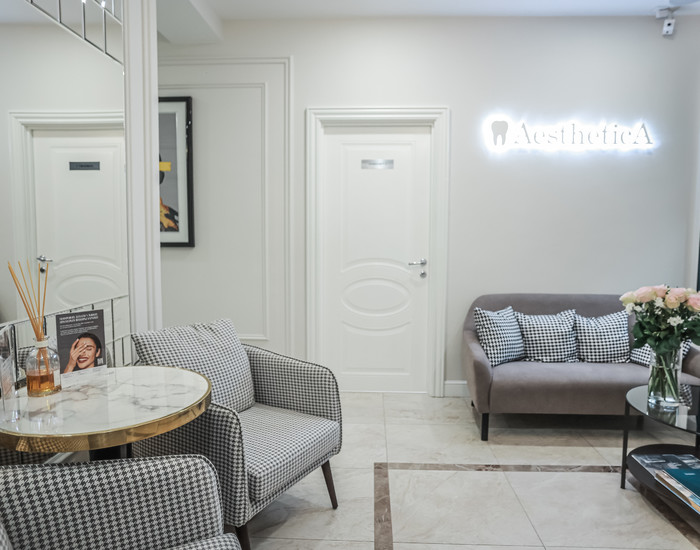
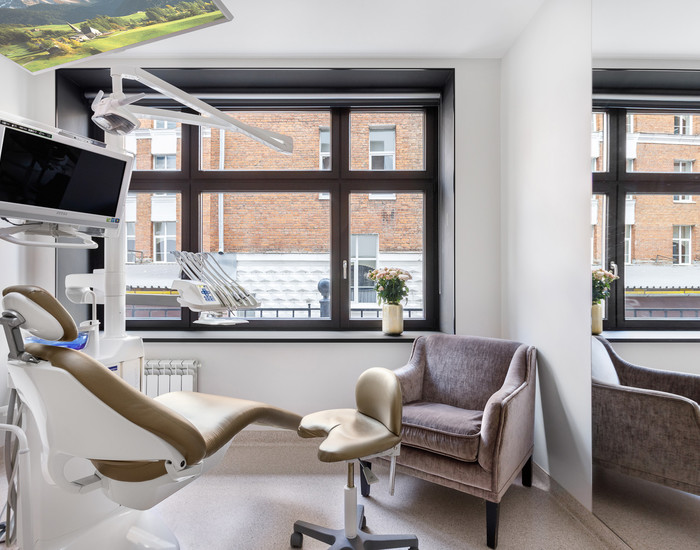


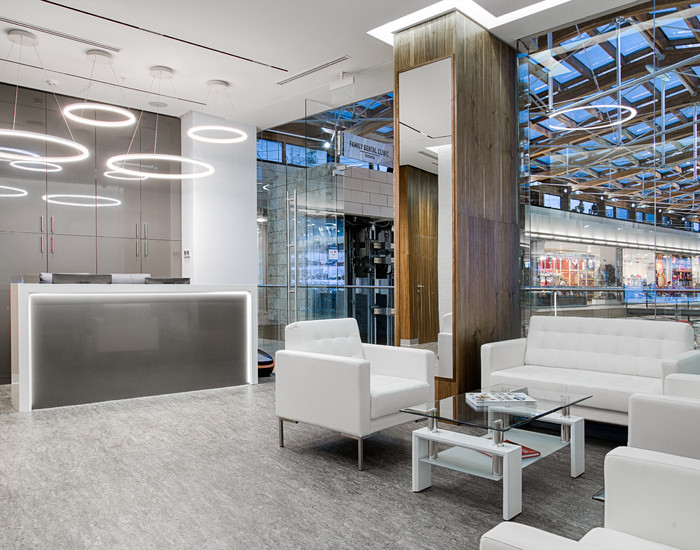

_700x550_ac7.jpg)



